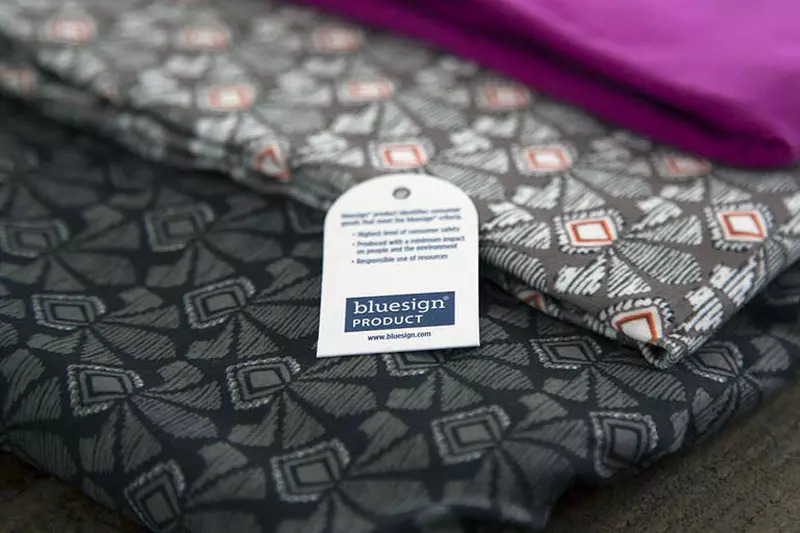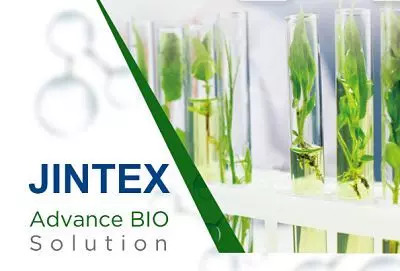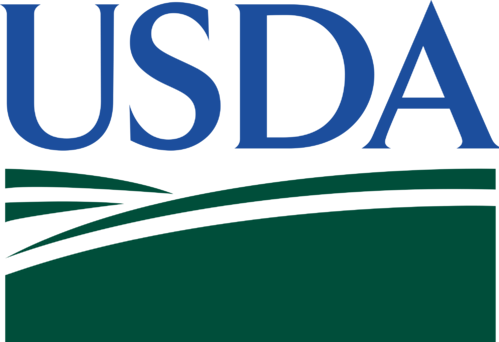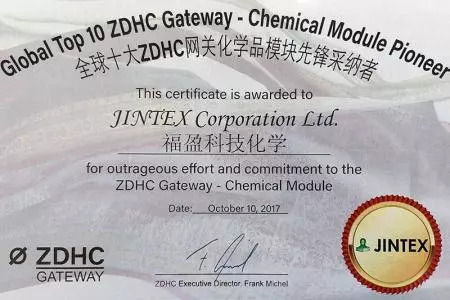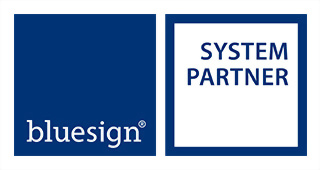Bluesign® Certified
As a pioneer in green chemicals, Jintex is committed to its responsibility to both the environment and consumers, and prioritizes its ecological footprint for 40 years.
What is Bluesign®?
The Bluesign® standard is a new generation of ecological standards for environmental protection set up by academia, industry, environmental protection, and consumer organizations in the EU. This standard was announced on Oct. 17, 2000 in Hanover, Germany by Bluesign Technologies AG, a company based in St. Gallen, Switzerland. Bluesign-approved textile brands and products, meaning the processes and products align ecologically with Environment, Health and Safety (EHS), are the latest global environmental protection standard and ensure consumer safety when using.
Many environmental protection standards do tests on finished products, while Bluesign® does the contrary. This standard verifies if the raw materials and processes are compliant before production so as to prohibit hazardous substances from the beginning. This standard is designed based on the concept that if the materials contain no hazardous substances, then the end product will be green.


